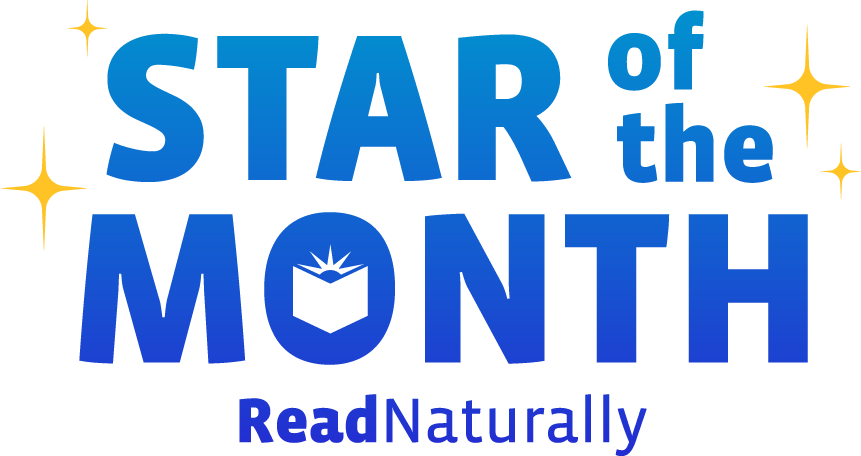Can't make it to one of our in-person Read Live Training Seminars? We just added a new remote option that will allow you to participate in real time from the comfort of your home—or anywhere! Register here to attend this training live via Zoom on September 22.
Read more In 1997, Congress asked the National Reading Panel to do the following four things:
1) Review all the research available (more than 100,000 reading studies) on how children learn to read.
2) Determine the most effective evidence-based methods for teaching children to read.
3) Describe which methods of reading instruction are ready for use in the classroom and recommend ways of getting this information into schools.
4) Suggest a plan for additional research in reading development and instruction (adapted from nichd.nih.gov).
Read more Do you ever wish you could invite a computer expert to your home or school to show you exactly what your computer and its programs are capable of? Sure, it’s all buried in the manuals somewhere, but nothing beats personalized instruction from an expert. The ability to ask your questions, to learn the skills that are most beneficial to you, to discover how a device or program can meet your specific needs—this experience would increase user satisfaction by leaps and bounds.
This is exactly the kind of experience we offer through our personalized training options.
Read more Imagine you’re attending a class to learn to play the guitar. The students in your class display a wide range of abilities. Some are brand new to the instrument; some know a few chords; and some already play quite well. How would you learn best in this environment? Would it work well for the teacher to instruct the group as a whole for the duration of the class? Or would it make more sense to sometimes break the class into small groups, allowing the beginners to start with the basics while the more advanced students could fine-tune their playing?
Read more Are you looking for a professional development opportunity that’s practical, applicable, accessible, AND affordable?
Read Naturally is proud to partner with Keys to Literacy to offer a fantastic professional development opportunity for K to Grade 3 educators. Offered this winter and spring, the Keys to Beginning Reading course provides the knowledge needed to teach the components of beginning reading.
Read more To achieve fluency, a student must read with appropriate rate, expression, and accuracy. All three components are required for fluency, but are they equally important? Jan Hasbrouck, Ph.D., is a reading researcher and Read Naturally supporter who has devoted her career to studying fluency. In this guest post, she discusses accuracy as the foundational component of fluency.
Read more A free, self-paced online course is now available for One Minute Reader, the newly released independent reading program included with Read Live.
Read more Over the past year, we’ve added three new curriculum options and developed several new features to better support distance learning with Read Live. We’ve also updated content, added support for Google (G Suite) for Education, and developed more resources for training and support. Read Live is better than ever!
Read more This past year has been especially challenging for teachers, students, and parents. As 2020 winds down, we’d like to thank educators everywhere for their continued dedication to student success. Your work is incredibly important and greatly appreciated. Thank you for everything you do.
Read more A new online course is now available for Word Warm-ups Live, our research-based phonics intervention. Read Naturally Online Courses for Teachers provides free self-paced, on-demand training to help you thoroughly understand how to implement Read Live programs with your students. The Word Warm-ups Live course includes seven lessons covering everything you need to know to be successful.
Read more  Share your student’s success story—nominate him or her for our Star of the Month award. Win a Barnes & Noble gift card for the student and a Read Naturally gift certificate for your class!
Share your student’s success story—nominate him or her for our Star of the Month award. Win a Barnes & Noble gift card for the student and a Read Naturally gift certificate for your class!